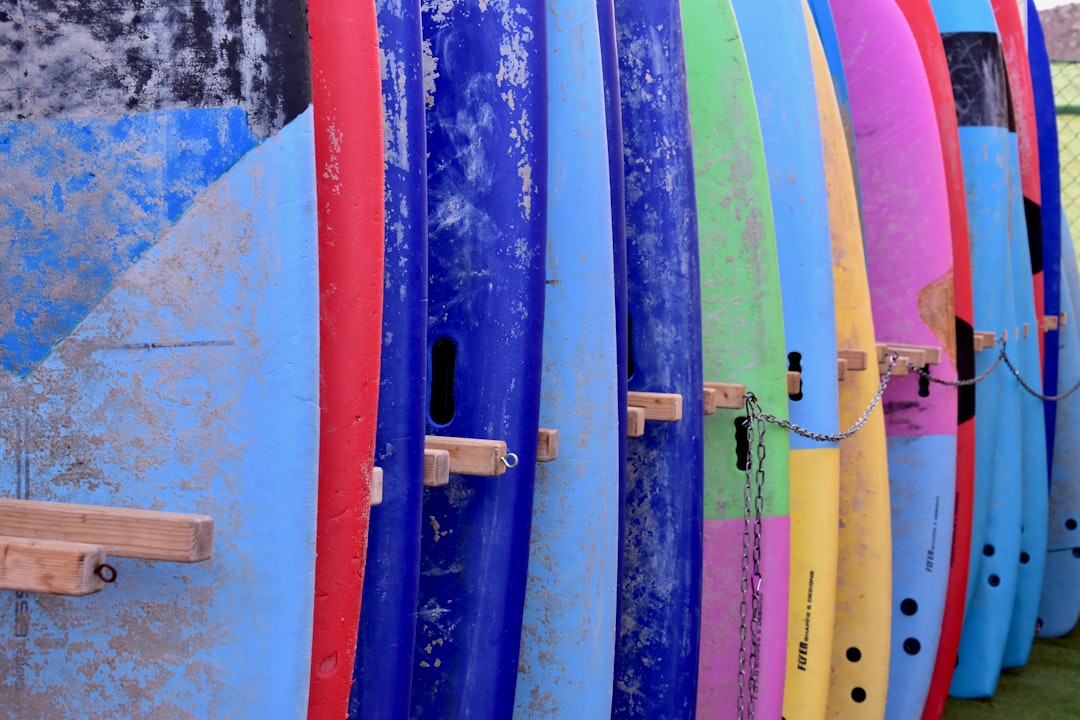
Picture this: you’re on a beautiful, sunny beach, ready to catch some epic waves. You paddle out into the water, feeling the excitement building up inside you. But wait – have you considered your safety? Whether you’re a beginner or an experienced surfer, having the right surfboard leash is essential for keeping you connected to your board and preventing dangerous wipeouts. In this article, we will guide you through everything you need to know about surfboard leashes, from their importance to choosing the perfect one for your needs.
Understanding the Importance of Surfboard Leashes
A surfboard leash is a vital piece of equipment that attaches your ankle to your surfboard, ensuring that you don’t get separated from it in the water. As you ride a wave, it’s not uncommon for surfers to fall off their boards due to balance or wave impact. Without a leash, this can lead to your board being swept away by the current, potentially causing harm to others or even leaving you stranded in the water. A leash keeps you and your board connected, increasing overall safety and preventing unnecessary accidents.
Types of Surfboard Leashes
1. Regular Leashes: These are the most commonly used leashes, suitable for most surfers in average wave conditions. They are typically made of sturdy urethane cord, which is strong enough to withstand the force of small to medium-sized waves. Regular leashes come in various lengths, with longer leashes providing greater mobility but slightly increased drag in the water.
2. Big Wave Leashes: As the name suggests, big wave leashes are designed for more challenging conditions where wave sizes exceed 12 feet. These leashes have a thicker cord and stronger construction to handle the immense power of large waves. They are often shorter in length to minimize drag and prevent tangling.
3. Competition Leashes: Designed for professional surfers and high-performance surfing, competition leashes prioritize minimal drag and maximum flexibility. They are typically lighter and thinner compared to regular leashes, providing surfers with increased maneuverability and responsiveness. If you’re an experienced surfer aiming for precision and speed, a competition leash might be the right choice for you.
Choosing the Perfect Surfboard Leash
1. Length: When selecting a leash, consider the length based on your board size and riding style. As a general rule, your leash should be equal to or slightly longer than your board. Longer leashes allow for more freedom of movement, while shorter leashes minimize drag. Keep in mind that longer leashes can also get tangled more easily.
2. Thickness: The thickness of your leash cord determines its strength and durability. Thicker cords are more ideal for bigger waves and heavier boards, as they can withstand greater force. Thinner cords, on the other hand, offer less resistance in the water but are best suited for smaller waves and lighter boards.
3. Swivel: A swivel is a small rotating mechanism near the point of attachment that prevents the leash from tangling. Look for a leash with a high-quality stainless-steel swivel to ensure smooth movement and prevent potential entanglement.
4. Velcro and Cuff: The connection between your ankle and the leash is crucial for security. Check that the Velcro closure on the ankle cuff is strong and durable to provide a secure fit. A comfortable ankle cuff that doesn’t cut into your skin is also essential for longer surfing sessions.
Final Thoughts
Surfboard leashes may seem like a small detail, but their importance cannot be underestimated. They are a critical safety feature that keeps you connected to your board, preventing accidents and ensuring you have a safe and enjoyable surfing experience. Remember to choose a leash that matches your skill level, board size, and wave conditions. By making a well-informed decision, you can ride the waves with peace of mind, knowing that your safety is in good hands – or rather, a trusty leash!